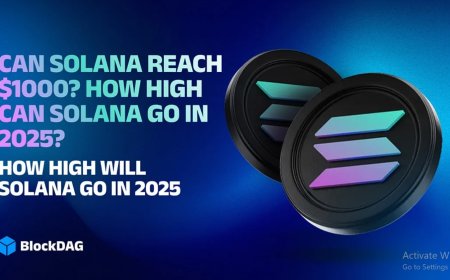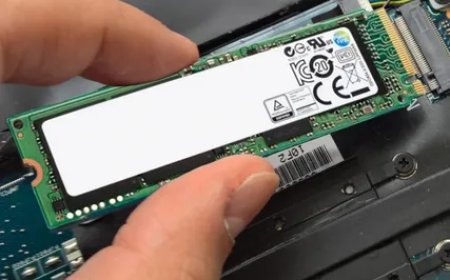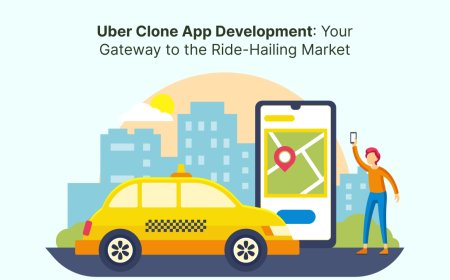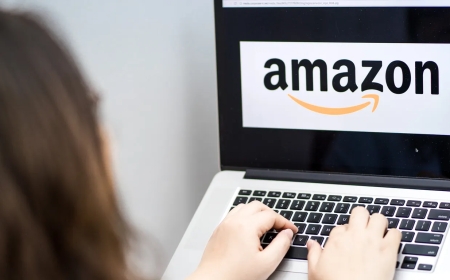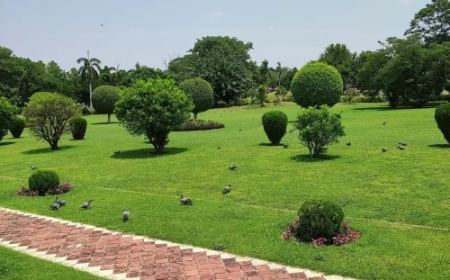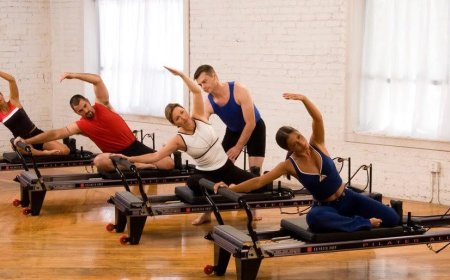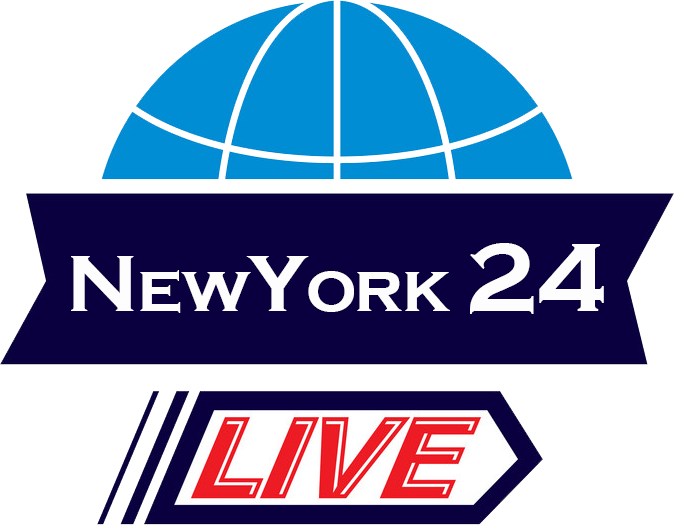Cracking the Code: What Pinterest's Algorithm Changes Mean for You
Pinterest has transformed from a digital pinboard to one of the most powerful visual search engines on the internet. But like any digital platform, its not static. Over time, the Pinterest algorithm has evolved, shifting how content is discovered, displayed, and engaged with. Understanding Pinterest algorithm changes is crucial for creators, bloggers, and businesses who want to maintain visibility, drive consistent traffic, and grow their authority on the platform.
In this article, well dive into what the latest algorithm changes mean for you, and how to adapt your Pinterest strategy to stay ahead.
What Is the Pinterest Algorithm?
The Pinterest algorithm is a complex system that determines what content shows up in users feeds, search results, and recommendations. It evaluates a variety of signals such as image quality, pin relevance, user engagement, and content freshness to decide which pins to promote.
Essentially, Pinterest is always aiming to serve its users with highly relevant and useful content. So, if your pins meet the right criteria, youll be rewarded with greater visibility.
However, as Pinterest evolves, so do its ranking factors. And understanding these updates can be the difference between your content going viral or getting buried.
Key Pinterest Algorithm Changes You Need to Know
1. Fresh Content Takes Priority
Pinterest now heavily favors fresh pins over re-pins or recycled content. Fresh content means brand-new images that havent been published on Pinterest beforeeven if they link to existing URLs.
This change encourages creators to upload original pins more frequently, rather than recycling the same visuals repeatedly.
What to do:
-
Design multiple fresh pins for each blog post or product.
-
Experiment with different layouts, titles, and images.
-
Use a pin scheduler like Tailwind to space out your fresh content over time.
2. Idea Pins and Video Are More Prominent
The Pinterest algorithm now promotes Idea Pins and video content more aggressively in user feeds. Idea Pins are multi-page, story-style pins that allow creators to share step-by-step tutorials, quick tips, or behind-the-scenes content.
Pinterest has positioned Idea Pins as a way to engage users without needing to leave the platform. And since video content captures attention longer, its favored in the algorithm too.
What to do:
-
Incorporate short-form videos into your pin strategy.
-
Use Idea Pins to demonstrate processes, recipes, or product tutorials.
-
Add engaging text overlays to make your message clear even without sound.
3. Keyword Optimization Is Still Critical
Despite new visual features, Pinterest remains a search engine, and keyword optimization continues to be vital. But the latest algorithm update has made Pinterest smarter at understanding context and semantic keywords.
It now considers keywords in:
-
Pin titles
-
Descriptions
-
Board names
-
Profile bios
-
Image file names
What to do:
-
Research trending keywords using Pinterests search suggestions.
-
Focus on long-tail keywords (e.g., budget-friendly meal prep instead of just meal prep).
-
Be natural and user-friendly in your descriptions to improve both ranking and engagement.
4. Engagement Signals Drive Distribution
Pinterest increasingly favors pins that receive high engagementespecially early on. Saves, clicks, and comments are strong signals to the algorithm that a pin is valuable and should be shown to more users.
This means the first 2448 hours after publishing are crucial.
What to do:
-
Post during your audiences most active hours.
-
Add compelling call-to-actions (e.g., Save this for later! or Click for full tutorial).
-
Promote your pin on other platforms to boost early traction.
What These Pinterest Algorithm Changes Mean for You
These shifts in Pinterests algorithm are more than just technical tweaks. They directly impact how your content performs and how your brand is perceived on the platform.
Heres what you need to take away:
Consistency Wins
With the emphasis on fresh content, consistency is more important than ever. If youre pinning once a week, youll likely fall behind accounts that pin original content daily.
Tip: Create a content calendar and batch-design multiple pins at once to stay ahead.
Quality Over Quantity
Gone are the days of pinning hundreds of random images hoping one goes viral. Pinterest now rewards well-designed, relevant, and useful content. Focus on quality pins that solve real problems, inspire, or educate your target audience.
Tip: Use clean, readable fonts and high-resolution images to boost visual appeal.
Storytelling Is Essential
Whether through Idea Pins or videos, storytelling helps drive deeper engagement. Users want to see the process, not just the result.
Tip: Break down your blog posts into mini-tutorials or before-and-after stories and turn them into pins.
Staying Ahead of Pinterest Algorithm Changes
The Pinterest algorithm will continue to evolve, but you can stay ahead by following these best practices:
-
Audit your content regularly: Identify which pins are performing and which arent.
-
Embrace new features: Dont ignore Idea Pins, video pins, and Pinterests creator tools.
-
Diversify your visuals: Fresh content doesnt mean new blog postsit means new designs linking to old or new URLs.
-
Track analytics: Pinterest analytics helps you refine your strategy based on real performance data.
Final Thoughts
While algorithm changes can feel frustrating, they are ultimately designed to enhance user experience. And for savvy creators who adapt quickly, these updates offer more opportunities to stand out.
By understanding the latest Pinterest algorithm changes and tailoring your strategy accordingly, you can not only maintain your current reachbut grow it exponentially. With fresh content, strategic keywords, and engaging visuals, youll be well on your way to cracking the Pinterest code and unlocking massive traffic and engagement.







